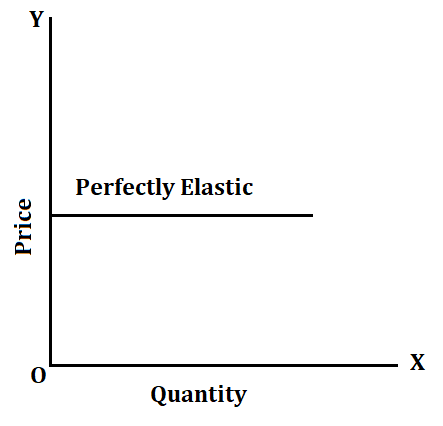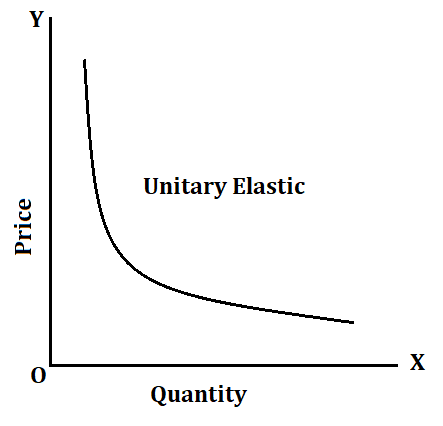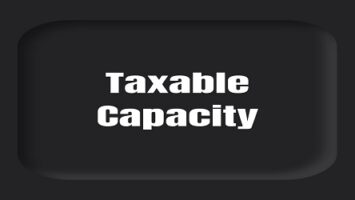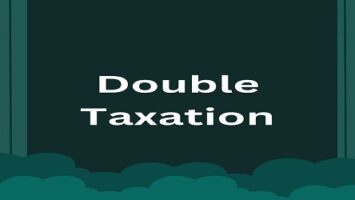Price Elasticity of Demand:
It is the ratio of proportionate change in the quantity demanded of a commodity to a given proportionate change in its price. Price elasticity of demand is generally classified under five sub-heads:
(1) Perfectly Elastic Demand- It refers to that situation where the slightest rise in price causes the quantity demanded of the commodity to fall to zero and the slightest fall in price causes an infinite increase in the quantity demanded of the commodity. The demand in such a case is hyper-sensitive and the elasticity of demand is infinite. It should, however, be remembered that cases of perfectly elastic demand are very rare in actual life and, as such, only of theoretical interest.

(2) Perfectly Inelastic Demand- It refers to that situation where even substantial changes in price leave the demand unaffected. In other words, the price may change (rise or fall) considerably, but the quantity demanded of the commodity remains unchanged. The demand in such a case is insensitive or non-responsive, and the elasticity of demand is zero. Like perfectly elastic demand, cases of perfectly inelastic demand are also rare in real life, and, as such, are not of any practical interest.

(3) Relatively Elastic Demand- It refers to that situation where a small proportionate change in the price of a commodity is accompanied by a larger proportionate change in its quantity demanded. In other words, a given small proportionate fall in price is followed by a larger proportionate increase in demand and vice versa. The elasticity of demand here is said to be greater than unity.

(4) Relatively Inelastic Demand- It refers to that situation where a big proportionate change in the price of a commodity is accompanied by a smaller proportionate change in its quantity demanded. In other words, a given large proportionate fall in price is followed by a smaller proportionate increase in demand and vice-versa. The elasticity of demand here is said to be less than unity.

(5) Unitary Elastic Demand- It refers to that situation where a given proportionate change in price is accompanied by an equally proportionate change in the quantity demanded. In other words, a given proportionate fall in price is followed by an equally proportionate increase in demand and vice-versa. The elasticity of demand here is said to be equal to unity.










Comments (No)